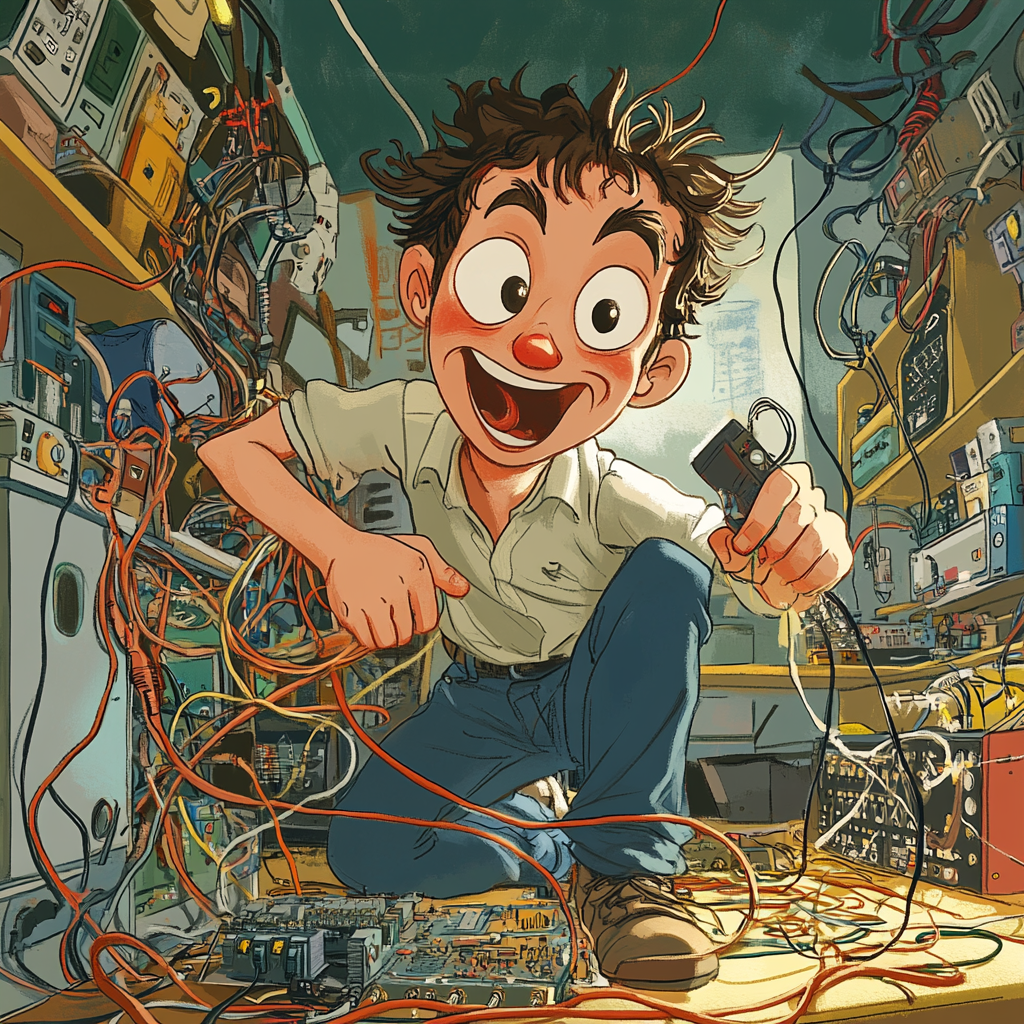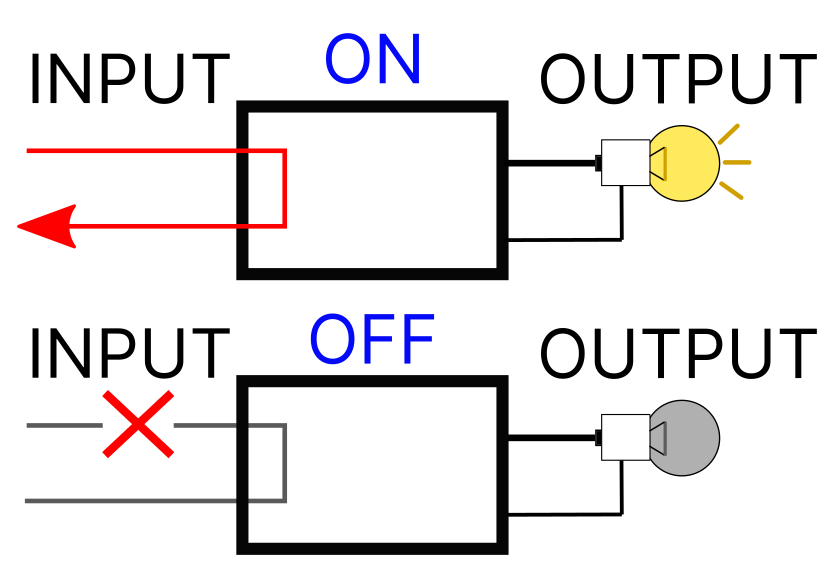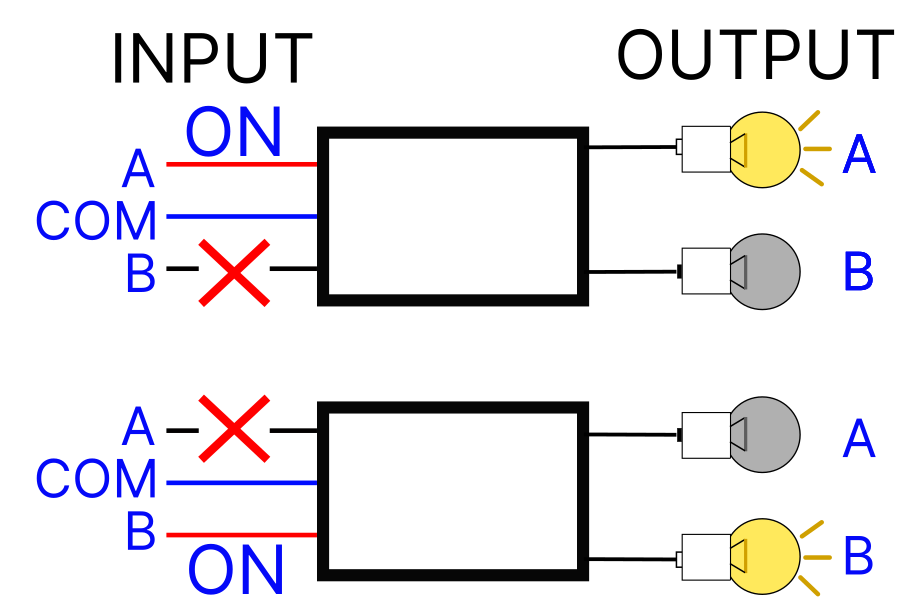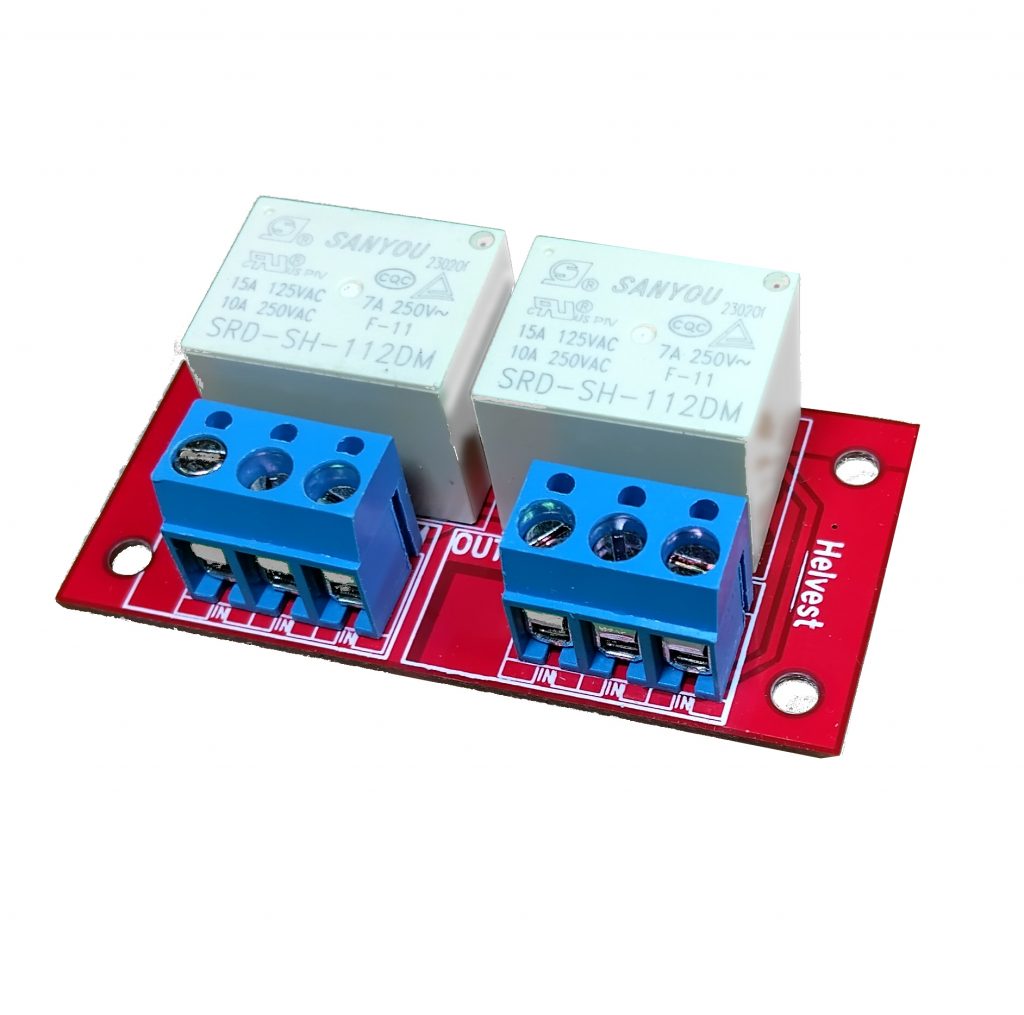In the world of model railroading, whether analog or digital, the type of relay you use can make a big difference – especially for frog polarization or controlling accessories.
There are two main types of relays:

Monostable relays (no memory)
These relays change state only while powered. As soon as the power is cut, they return to their default position.
• Advantages: low cost, ideal for budget-friendly or temporary solutions.
• Disadvantages: when restarting the layout, they don’t remember their previous position. This can sometimes be an issue – but more often it can be a benefit, since you always know their starting state.
With layout control software, this limitation is easy to manage: simply send a reset command at startup to set everything to a predefined state.

Bistable relays (with memory)
These relays retain their state even when unpowered. They switch with each pulse.
• Advantages: the position is maintained even after a power-off or outage. They behave like a turnout that stays in place until it receives a new command.
• Disadvantages: they are more expensive due to the more complex internal components.

Which one should I choose?
If you use software to control your layout, or if remembering the position isn’t crucial, monostable relays are often the better choice – simple and cost-effective.
Bistable relays are ideal for standalone systems or when position memory is critical.
Helvest relays – which one is right for you?
To put all this into practice, Helvest offers different relay modules:
• 🔧 GAD10 – two monostable SPDT relays (Single Pole Double Throw), great for frog polarization: connect the frog to COM and the rails to A and B. The upcoming version (summer 2025) will allow one relay to manage two turnouts

• ⚡ GAR10 – two monostable SPST relays (Single Pole Single Throw), not suitable for frog polarization, but perfect for switching high-power AC loads, such as older coil-driven turnouts.

🔁 GBR40 –four bistable SPDT 16A relays that keep their position without power. Ideal for powering track blocks or larger layouts, including garden railways.

All modules are compatible with MVnet, DCC, and even fully analog systems. They can be controlled using ES400 (for GAD10) or GAW400 (for GAR10 and GBR40).
Still questions? Contact us – we’ll help you find the perfect solution!